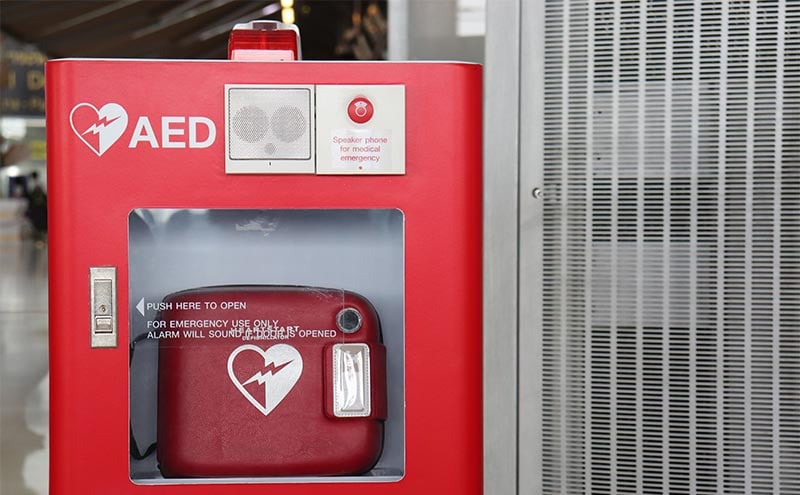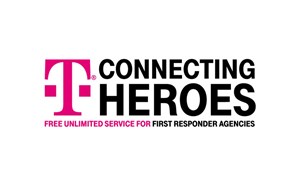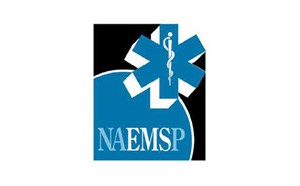
Defibrillator Access in an Emergency
Where’s the defibrillator?
Jimmy Buffet yells in the song, Gypsies in the Palace, when house sitters get carried away with a party while Jimmy is away.
Unfortunately, although the reference in the song is funny, way too often defibrillator locations are mysteries and more often than not are forgotten during sudden cardiac arrests[1]. Further, too often people are unfamiliar with them and their potential to save lives. Despite the critical importance of defibrillators, they are used only 2% of the time. [1] This is despite the fact that use of a defibrillator with immediate bystander Cardiopulmonary Resuscitation, CPR, improves the chance of survival from sudden cardiac arrest as high as 40% versus an overall survival of less than 10 percent without these simple interventions[1],[1]. In addition, defibrillators have evolved and are able to help provide verbal direction in their correct use as well as how to perform best practice CPR[1].
Sudden cardiac arrest is the most common cause of death outside the hospital, striking approximately 350,000 victims in the United States each year[1]. Early bystander CPR can keep the victim alive until EMS arrives with the potential to intervene to save the victims life. Every minute without CPR decreases survival by 10 percent[1]. Public access defibrillators can be applied and used by lay persons to help save many lives[1]. With an EMS response time of 5-7 minutes, without CPR, the chance of survival is reduced by another 50-70 percent[1]. To be most effective in saving lives, defibrillators should be applied within 2 minutes. For a defibrillator to be located and applied within 2 minutes, the defibrillator should be located within 100 meters of the victim[1].
To meet the best practice criterion in helping save lives, effective defibrillator signage and location is a critical but frequently overlooked need. Even in hospitals, signage and location has been less than ideal. Those who are responsible for AED placement or who may need to potentially use one to save someone’s life should assess the location and signage of defibrillators in their facilities. To meet the critical location and application needs, signage needs to start at least 100 meters from the defibrillator and be visible in multiple directions[1]. There have been strong recommendations that defibrillator placement and signage follow the pattern of fire extinguishers. Further, employees or frequent visitors to an area with a defibrillator can be effectively reminded of the defibrillator location by placing simple signs stating where the nearest defibrillator is in rest rooms so that people will intrinsically know the nearest location and avoid delays. Also registering defibrillators with responding EMS agencies and 911 centers is crucial so that 911 operators can know if defibrillators are nearby and direct responders to their use[1].
CPR has evolved to focus on chest compressions only in the majority of cases, Hands-Only CPR. In an era with concern for Covid-19, mouth to mouth resuscitation is not needed or recommended unless strangulation, drowning or narcotic overdoses, where respiratory failure is the primary problem that leads to cardiac arrest. Otherwise, Hands-Only CPR is the recommended bystander intervention by pushing down 2 inches in the center of the chest, releasing and compressing again at a rate of 100-120 per minute. The song Staying Alive provides the correct CPR rate and rhythm[1].
In the past 70-80 percent of cardiac arrests were the result of either ventricular tachycardia (VT) or Ventricular Fibrillation (VF), rhythms where the heart is no longer contracting effectively[1]. Now these rhythms are felt to constitute 10-30 percent of sudden cardiac arrest rhythms. These are the rhythms treatable by an automatic external defibrillator (AED). Early bystander CPR increases the percentage of victims in these treatable arrythmias when EMS arrives. Current AED’s supply verbal guidance to the user as well as CPR performance feedback making their use easier even by untrained novices[1].
Another crucial opportunity with defibrillators is that most people are not familiar with them or their operation. This is despite the fact they are designed for ease of use even by novices. Also 911 telecommunicators can help successfully guide defibrillator use over the phone[1]. Further, we need to do a better job of familiarizing people with defibrillators and their use as well as bystander CPR. This is especially so people who may come across a sudden cardiac arrest of a family member or friend[1].
Risk factors for sudden cardiac arrest include age greater than 50, previous heart attack, diabetes, congestive heart failure, high blood pressure, elevated cholesterol and elevated lipids. People with these risk factors and their family and friends should know CPR and how to use a defibrillator. It has been proven that you can learn these basic life-saving skills in as little as 10 minutes. We need to do a much better job of making people aware of the need for this training as well as making the training more available.
- AED’s are easy to apply and use.
- Location and signage are not straightforward or consistent.
- Location Often not known by 911 telecommunicators or EMS.
- May be located only around the corner a few feet away or unfortunately placed in someone’s desk where others may not know where it is or have access to it.
- Even in hospitals location and signage not consistent
- Most reliable location and signage seem -to be airports and companies that have thought about the placement and signage.
Joseph Sabato, Jr, MD, FACEP
EMS-Prehospital Care Section Member and Newsletter Editor



